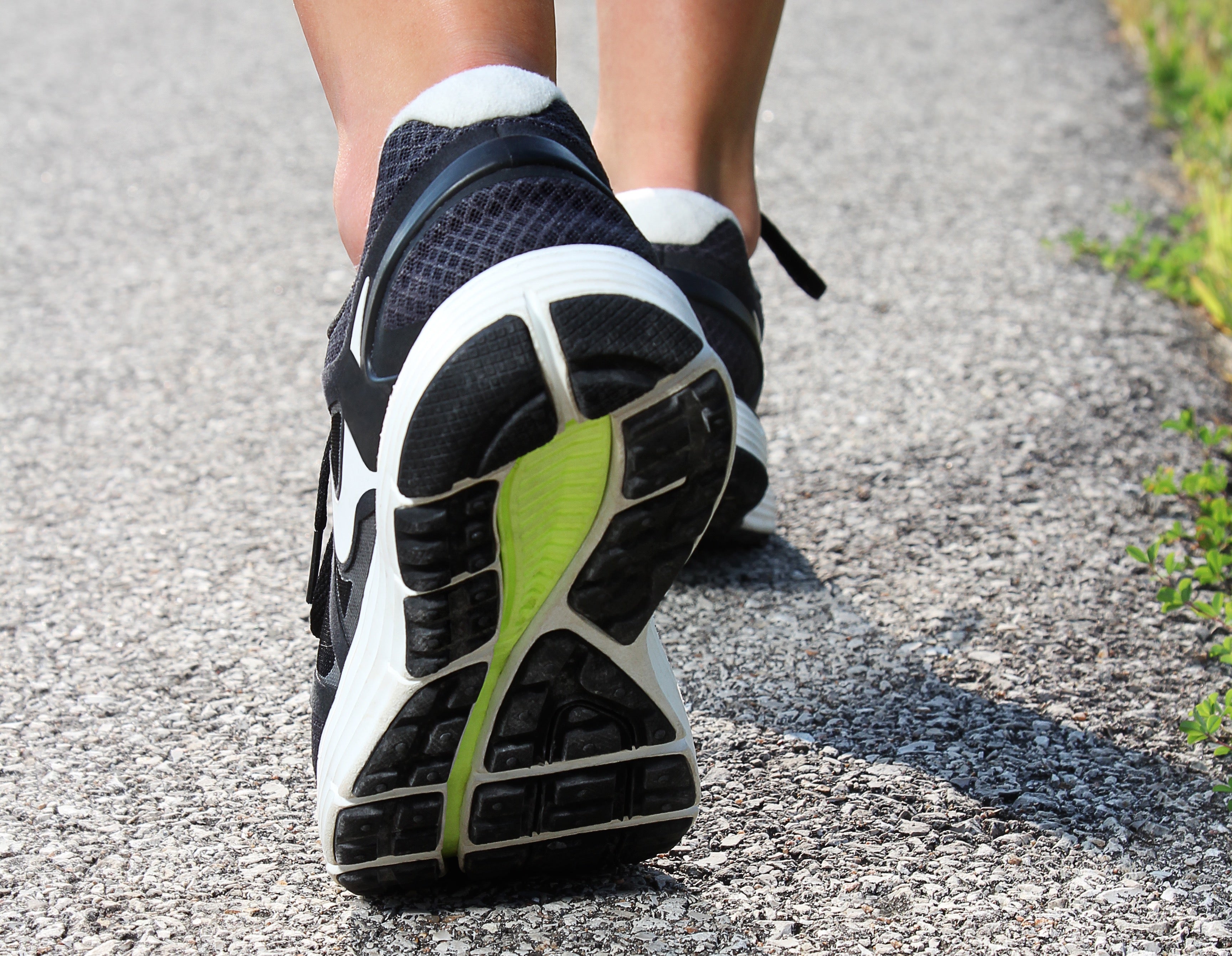Try This Technique For Battling Plantar Fasciitis

Photo: Shutterstock.com
If you’re one of those athletes suffering from plantar fasciitis, the pain in the band of tissue that runs along the bottom of your foot, you know there’s no magic bullet. Orthotics, cross-training and other approaches have all been suggested as possible problem solvers, but a study published in the International Journal of Therapies and Rehabilitation Research brings new hope to sufferers with the myofascial release technique, which uses firm pressure on the connective tissue to help reduce discomfort and improve motion. In the study, patients who were dealing with chronic plantar fasciitis underwent myofascial release therapy every day for a week, which proved beneficial in terms of both pain reduction and overall function.
A growing number of practitioners offer myofascial release as a solution to a wide array of sports injuries, with the idea that they can identify fascial restrictions and help encourage release and restore function.
As the research suggests, this type of therapy may work particularly well for treating the inflammation caused by plantar fasciitis. Indeed, this thick band of fascia may take a beating over many miles of running, which not only limits motion, but can hurt like crazy.
“It’s very important to address the underlying scar tissue and adhesions that develop in the foot, as well as the interaction of the surrounding structures,” explains Gino Cinco, a San Diego-based physical therapist and biomechanics specialist who treats many age-group and professional triathletes. “Manual therapy techniques can address these issues and normalize not only the length of the muscles and fascia, but improve the relative motion between them that needs to occur.”
In deciding how much manual pressure to apply and where, the practitioner considers the level of injury, as well as what the athlete can tolerate in terms of discomfort. Since the bottoms of your feet have several layers of muscles, this often takes some detective work during the initial examination.
“Pain or dysfunction in any of these muscles, as well as the plantar fascia, can be interpreted as plantar fasciitis,” says Cinco. “Knowledge of the exact muscle and its relative mobility allows us to find restrictions and apply techniques at the depth and angle specific to each muscle.”
For athletes diagnosed with plantar fasciitis, Cinco suggests doing myofascial release twice a week until the issue is resolved. After function is restored, regular at-home use of rollers, therapy balls or even a golf ball to massage the plantar fascia can help support the health and mobility of the foot. In addition to maintenance work, many runners also benefit from looking at issues related to form and overcompensation to identify the root cause of the problem.
RELATED: Home Remedies To Treat And Prevent Plantar Fasciitis